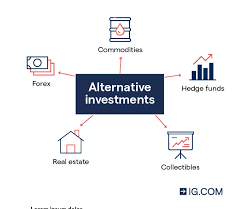Embracing local resource supplies to promote sustainable growth in real estate development offers a compelling path toward economic stability, environmental mindfulness, and community resilience.
Recently, the real estate industry has placed a pivotal emphasis on sustainability, prompting a reevaluation of its practices and strategies. Utilizing local supply chains in real estate provides multifaceted benefits extending beyond economic advantages.
Primarily, sourcing materials and labor locally reduces the carbon footprint associated with transportation and logistics, aligning with eco-friendly initiatives. This approach decreases the environmental impact by minimizing energy consumption during transportation, lowering greenhouse gas emissions, and conserving natural resources.
Furthermore, fostering partnerships with local suppliers and craftsmen enhances the regional economy by creating employment opportunities and circulating wealth within the community.
This approach nurtures solidarity, encourages socio-economic growth, and strengthens local businesses, contributing to a more sustainable and resilient economic infrastructure.
Additionally, integrating local elements into real estate designs and architecture promotes a unique sense of place, fostering cultural richness and authenticity within communities. Embracing indigenous materials and design philosophies not only honors local heritage but also enhances the aesthetic appeal and market value of properties.
However, challenges in adopting a localized supply chain model exist, including potential limitations in the variety and availability of certain materials or expertise. Addressing these challenges requires strategic planning, innovation, and collaboration among stakeholders to develop solutions that balance sustainability with practicality and cost-effectiveness.
Embracing local supply chains in real estate endeavors is a promising approach for fostering sustainable growth. Prioritizing local sourcing enables the industry to mitigate environmental impacts, boost regional economies, nurture cultural identity, and contribute to the creation of resilient and vibrant communities.
This approach aligns with the global shift toward sustainable development, ensuring a more conscientious and enduring real estate landscape for future generations.


















